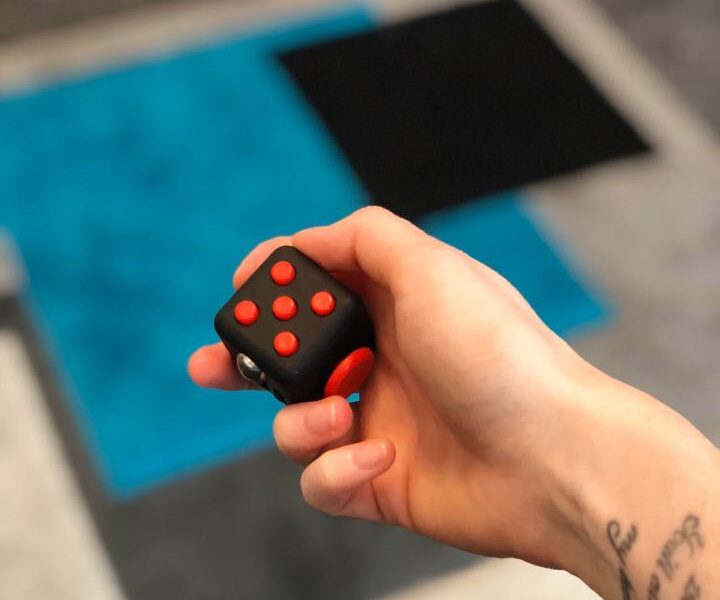Autistic people and stimming
It always amazes me when people say autistic people ‘can’t communicate.’ We absolutely can communicate. But, are you paying attention? Just because we aren’t generally good at verbally communicating does not mean we aren’t getting across what we are feeling. It’s just in a different way to most people.
One of the biggest ways we do this is through stimming. To stim is to perform repetitive actions. But these aren’t just random. They are intrinsically tied to our emotions, thoughts and what we are experiencing.
They are the purest form of conveying our emotions. If you haven’t seen an autistic person stim it is highly likely they are supressing that part of themselves around you. It is by far the biggest part of my masking – consciously stopping myself from stimming. Anyone who hasn’t seen me stim, has not allowed me to feel comfortable enough to do so.
Stimming happens naturally and allows us to manage what we are feeling. For example, one of my stims is applying pressure to my hands over and over. This is my ‘last resort’ stim that generally means I’m about to blow (sensory overload or meltdown). I do it because the firm pressure on my hand attempts to centre me and allow me to regain composure. I never sat and planned the stim out they just appear and fit into my life.
It always amazes me that neurotypical (non-autistic) people don’t pay more attention to our stims and what they mean. If someone ‘decoded’ my stims it would be obvious when I’m struggling. If I’m applying pressure to my hands, I need an escape. At the point I have reached doing this I am rarely able to verbally communicate that need.
Not all stims are connected to negative emotions. The stereotypical ones of clapping and jumping are, for most on the spectrum, a natural release of happiness. It’s our bodies way of feeling that emotion. We feel so intensely it comes out in a physical manner.
One of my most masked stims is any kind of verbal stim or echolalia (repeating words or phrases over and over). I do this when I’m happy and content. It’s a natural way for me to feel and express that happiness. But for obvious reasons verbal stims are harder to hide and attract more judgement.
Stimming is a big part of autistic life. I love being in my own home and being able to do so how I want. So many times, I have started spinning in my chair at work (a happy stim) and forced myself to stop. So many times, someone has mentioned Harry Potter at work, and I have been so close to clapping before catching myself. Autistic life is filtering ourselves for the outside world and stimming is a big part of that.
Stim toys (fidget toys) allow us to channel some of this physical emotion. They can help to calm us in stressful situations and help manage our sensory experience. For example, repeatedly pressing a button on my fidget cube will help my mind feel safe. Repetitive motions are calming. Stim toys allow this on a sensory level. As does listening to the same song (or part of a song) on repeat. These are all methods of us seeking repetition to soothe our minds. Autistic minds crave the familiar. We crave rigidity and repetition. Where the world can’t offer that stimming can help to cope.
I click, clap, spin and do echolalia. It’s part of who I am. Please allow autistic people to stim- including using stim toys, free of judgement.
Found this blog helpful? You can support my writing and say thanks by buying me a coffee 🙂
